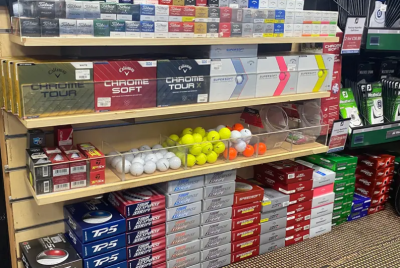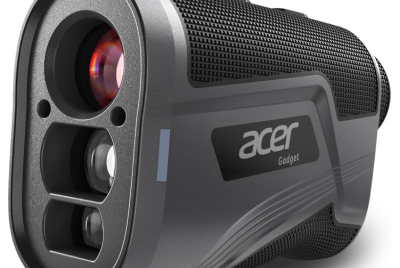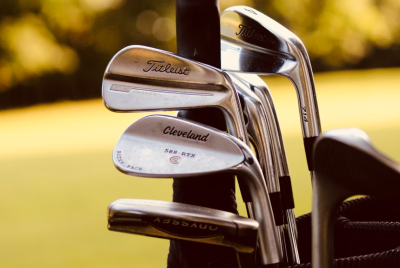The Best Golf Balls
What Makes a Golf Ball “The Best”?
Let’s be real—choosing the best golf ball isn’t as simple as grabbing the priciest dozen on the shelf. The best golf ball for you depends on a few key things: your skill level, swing speed, what kind of feel you like, how much spin control you want, and—let’s not kid ourselves—how much cash you’re willing to drop.
Here’s the deal: some balls are built for maximum distance, others for soft feel and greenside control, and a few manage to do a little bit of everything (but usually at a premium price). In this guide, I’ll break it down into good, better, and best options—so you can find a golf ball that fits your game and your budget.

Good: Budget-Friendly Golf Balls That Perform
You don’t have to break the bank to play decent golf. Heck, you can buy these at the grocery store! And in an earlyr post, we pitted them against their main rival- Sam’s Club. Listen, if you’re just getting into the game, or maybe you’re a weekend warrior who loses a few too many balls to the water gods—these are your go-to options.

Callaway Warbird Golf Balls
If you want distance, the Warbird brings the heat. Designed for high launch and long carry, this ball has a two-piece construction with a large, high-energy core. That means it’s built for straight, booming drives.
Is it the softest ball on the green? No. But for the price, it’s a solid option if you want to feel confident ripping drives without crying over lost balls.
Why I Like It:
- Long and forgiving off the tee
- Tough cover that holds up well
- Super affordable for the quality

Wilson Staff Fifty Elite
This ball surprised the heck out of me. Wilson’s known more for its budget gear, but the Fifty Elite actually plays well above its price tag.
It’s got a soft compression rating, which gives it a buttery feel—especially for a two-piece ball. Great for players with slower swing speeds who want a bit more control around the green.
Why I Recommend It:
- Soft feel for a budget ball
- Decent spin and control
- Great value for beginners and high handicappers
Better: Mid-Range Golf Balls for Intermediate Play
If you’re improving your game and want to invest in something a little more refined, these balls strike the right balance between performance and price.
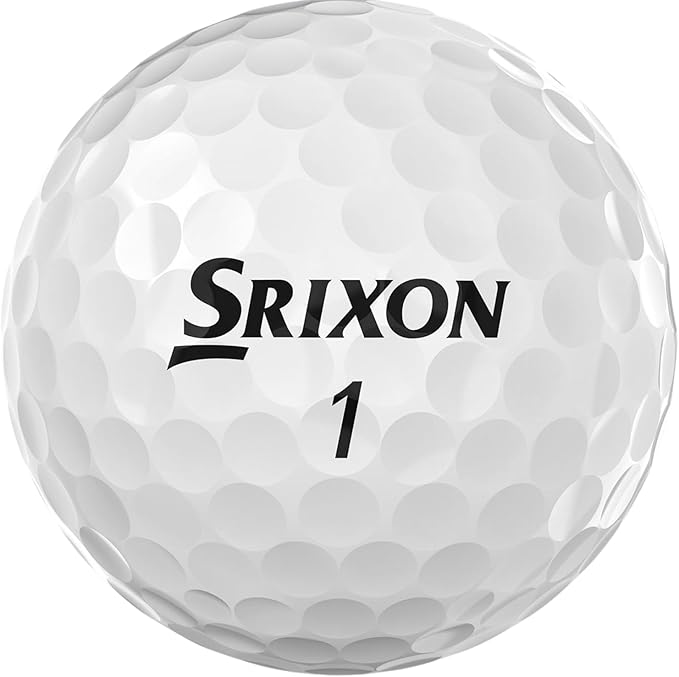
Srixon Q-Star Tour 4
This ball plays like a tour ball but doesn’t cost like one. The Q-Star Tour 4 has a urethane cover, which you normally only get on high-end balls. That means better spin and control—especially with your wedges.
It’s ideal if your handicap’s dropping and you’re starting to notice the difference between “cheap” and “quality.”
What Makes It Shine:
- Tour-level feel without the tour-level bill
- Spin skin coating for killer greenside spin
- Soft feel but not mushy
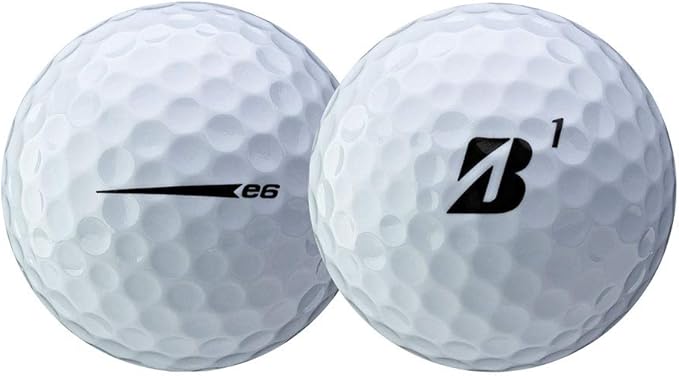
Bridgestone e6 Golf Balls
Bridgestone’s e6 has been a fan favorite for years, and for good reason. It’s engineered for straighter shots, which is great if your drives tend to have a little… personality.
With a soft feel and low compression, the e6 is perfect for moderate swing speeds. And the durability? Top-notch.
Why It’s a Winner:
- Helps reduce slices and hooks
- Soft feel off every club
- Durable cover stands up to abuse
Best: Premium Golf Balls for Serious Golfers
Now we’re getting into the elite tier. These are the balls that show up in tour bags—and yes, they cost more, but the performance is unmatched. If you’re serious about your game, or just want to see what all the fuss is about, these are the ones to try.
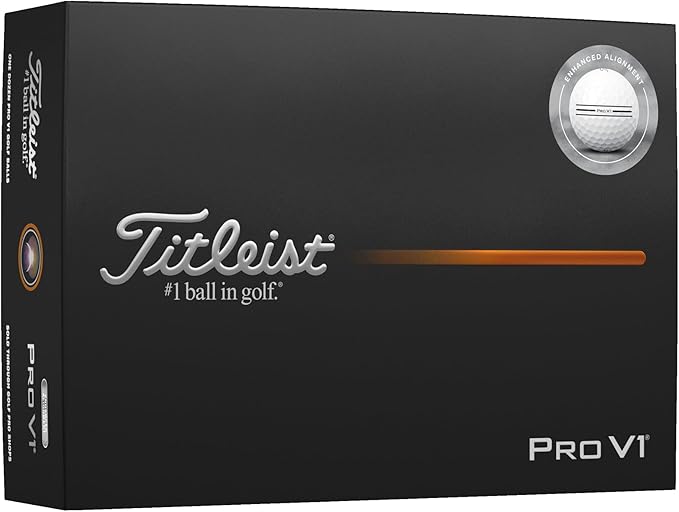
Titleist Pro V1
Ah yes, the king. The Pro V1 is the gold standard of golf balls for a reason. Incredible distance, consistent flight, soft feel, and tons of spin around the greens—it’s the full package.
It’s a three-piece ball with a urethane cover and a reformulated core that gives you lower spin off the tee but more bite on approach shots.
Why It’s the Benchmark:
- Trusted by pros worldwide
- Consistent flight and control
- Best all-around performance
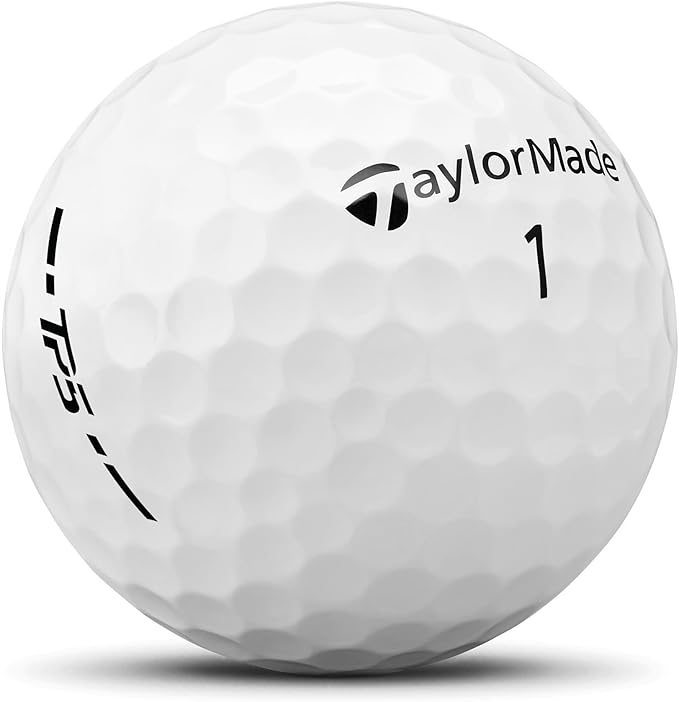
TaylorMade TP5
Think of the TP5 as the Swiss Army knife of golf balls. It’s got five layers (yeah, five!), giving you distance, spin, feel, and control across every club in the bag.
It’s especially great if you want more spin with your wedges but still want to hammer drives. A bit softer than the Pro V1, too, if feel is high on your list.
Why I Love It:
- Unmatched versatility
- Soft feel without sacrificing distance
- Five-layer design = balanced performance
Here’s my bottom line: don’t overthink it, but don’t underplay it either. Your golf ball matters. If you’re just starting, grab a box of Wilson Fifty Elites or Callaway Warbirds and swing away. Once your game starts tightening up, upgrade to something like the Srixon Q-Star Tour or Bridgestone e6 for better feedback and spin control.
And if you’re chasing that scratch golf dream (or just want to see what the hype’s about), treat yourself to a sleeve of Titleist Pro V1s or TaylorMade TP5s. You’ll notice the difference—and hey, you deserve it.
Just remember: the best golf ball isn’t always the most expensive. It’s the one that works for your game, your swing, and your budget.
FAQs
Q: How often should I change my golf ball during a round?
If it’s scuffed or nicked, swap it out. Otherwise, unless you dunk it in a lake, you can keep using the same one all round. But to be fair- who can afford that?
Q: Do soft golf balls go shorter than hard ones?
Not always. Soft balls usually feel better and spin more, but plenty still give you solid distance, especially if you’ve got a slower swing speed. I usually chip with a different ball that I drive with.
Q: Is there really a difference between cheap and expensive golf balls?
Yes—but it depends on your game. If you’re just learning, the difference won’t matter much. As your control and swing improve, the premium balls become more beneficial.


